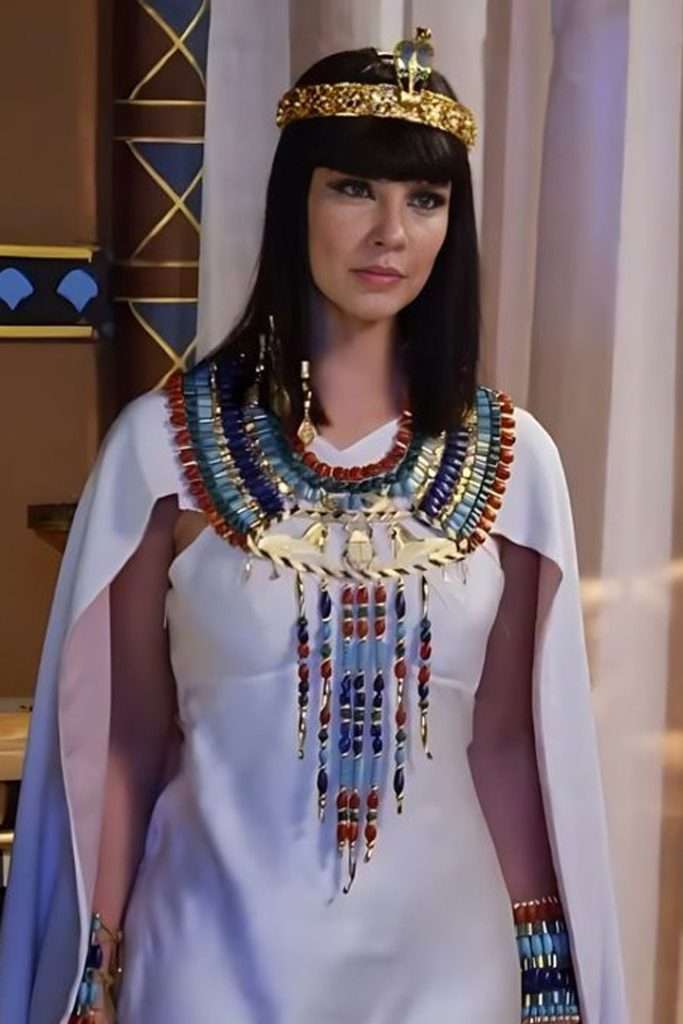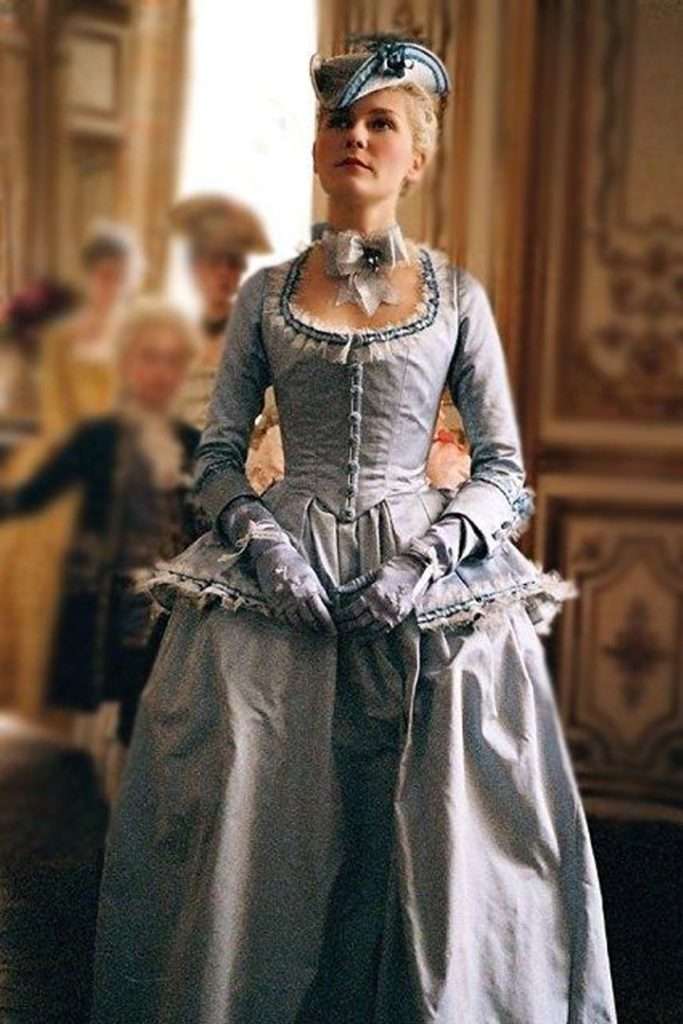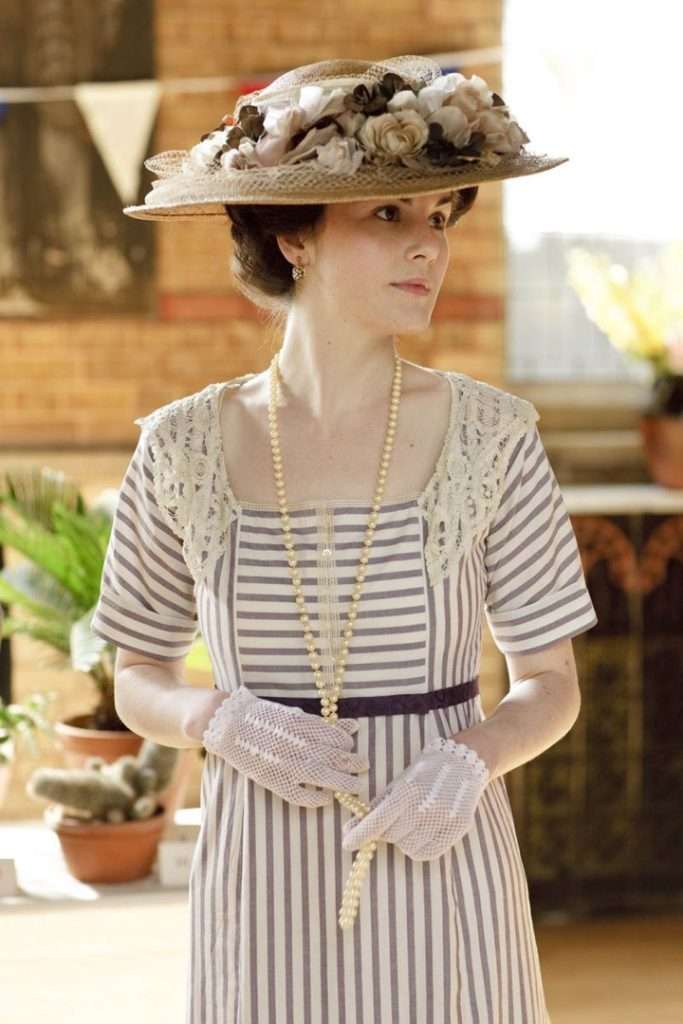
Fashion has undergone significant changes and evolution throughout history. From the simple clothing worn by our ancestors to the elaborate and intricate designs of today, fashion has played a crucial role in defining cultural and social identity. In this response, I will explore the evolution of fashion from its early beginnings to modern times.
Early Fashion Times

Archaeological evidence suggests that clothing was used for practical purposes such as protection from the elements and modesty. For example, ancient Egyptians wore linen clothing that was light and airy, while the Greeks draped themselves in fabric that was both comfortable and elegant. In early civilizations, people typically fashioned clothing from natural materials like animal hides, plant fibers, and leather. The styles were simple and practical, with little attention paid to aesthetics. However, clothing also played an essential role in expressing social and cultural identity and could be used to signify status or rank.
In the Middle Ages, fashion became a symbol of status and wealth. Royalty and nobility would wear elaborate and intricate designs made from luxurious fabrics. However, it was during the Renaissance period that fashion really began to evolve. The desire for artistic expression and creativity led to the development of new techniques, materials, and designs.
In ancient Egypt, clothing was often made from linen, a lightweight fabric that was cool and comfortable in the hot climate. Women wore long, flowing dresses that covered their entire bodies, while men wore a skirt-like garment called a kilt. The styles were loose and unstructured, allowing for freedom of movement.
In ancient Greece, clothing was made from wool and linen, and draped around the body to emphasise its natural curves. The styles were simple and elegant, focusing on drapery and folds. Clothing was often dyed in bright colours and decorated with intricate patterns.
The Industrial Revolution and the Rise of Fashion
The Industrial Revolution of the 18th century transformed the fashion industry. Advances in technology and manufacturing made it possible to produce clothing on a larger scale, which made it more affordable and accessible to a wider range of people.
Victorian Era
During the Victorian era, fashion became an important part of social and cultural identity. Women’s clothing became more elaborate and restrictive, with corsets and bustles creating an hourglass figure.
Men’s clothing became more formal and structured, with suits becoming the standard attire for business and formal events.

The Industrial Revolution significantly impacted fashion history and industry through advancements like sewing machines and cotton gin, enabling larger-scale clothing production, making it more affordable and accessible. The Victorian era saw elaborate, ornate fashion, with women’s clothing becoming more structured and restrictive, and men’s attire becoming more formal, with suits becoming the standard attire for business and formal events.
The 20th Century and Fashion Times

The 20th century saw a dramatic shift in fashion. The two world wars had a significant impact on fashion, as clothing had to be practical and functional for those serving in the military. However, after the wars, fashion became more daring and experimental. The 20th century saw a number of fashion trends come and go. During the 1920s, women actively embraced the flapper style, sporting short haircuts, short skirts, and loose, flowing clothing. The 1930s saw a return to more formal styles, with long, elegant dresses and tailored suits.
In the 1920s, women’s fashion became more relaxed and comfortable, with shorter hemlines and looser clothing. This trend continued into the 1930s, but as the world moved towards another war, fashion became more practical and functional once again.
After World War II, evolution of fashion begin . Fashion underwent a dramatic transformation. The 1950s saw the rise of youth culture, with the rebellious styles of rock and roll influencing fashion. The 1960s saw the emergence of the hippie movement, with long, flowing dresses and loose, with new styles emerging such as the bikini, the mini skirt, and comfortable clothing becoming popular.
In the 1970s, fashion became more eclectic, with a mix of different styles and influences. Disco fashion was popular, with tight-fitting clothing and bright colours. Punk fashion emerged in the late 1970s, with ripped clothing and bold, anarchic designs.
The 1980s saw a return to glamour and excess, with big hair, bold colours, and exaggerated shapes. The 1990s saw a more minimalist approach to fashion, with a focus on simplicity and comfort. Grunge fashion also emerged, with ripped jeans, flannel shirts, and combat boots becoming popular.
Today, fashion is more diverse and varied than ever before. The rise of fast fashion enables clothing production to occur quickly and inexpensively, allowing people to keep up with the latest trends without breaking the bank. However, this has also led to concerns about the impact of fashion on the environment and workers’ rights.
Sustainable fashion has become a growing trend, with designers and consumers alike seeking out eco-friendly and ethical clothing. Fashion is also becoming more inclusive, with a greater focus on diversity and representation. This includes using sustainable materials, reducing waste and pollution, and ensuring fair labour practices.

Fashion is also becoming more inclusive, with a greater focus on diversity and representation. This includes clothing designed for people of all sizes, genders, and ethnicities, as well as a growing movement towards gender-neutral fashion.
From practical clothing to elaborate and complex designs, fashion has played a crucial role in defining cultural and social identity. A range of factors, including technology, social change, and cultural movements, have actively influenced the evolution of fashion. Today, fashion is more diverse and inclusive than ever before, with a growing emphasis on sustainability and ethical practices.

Leave a Reply